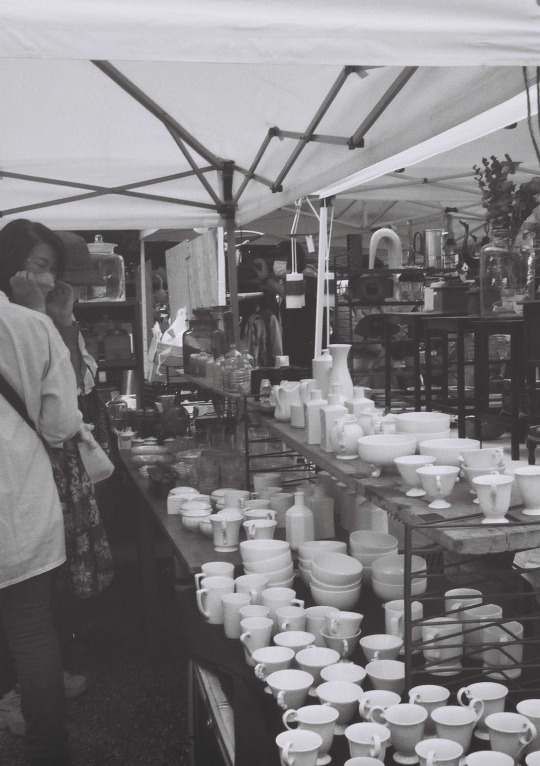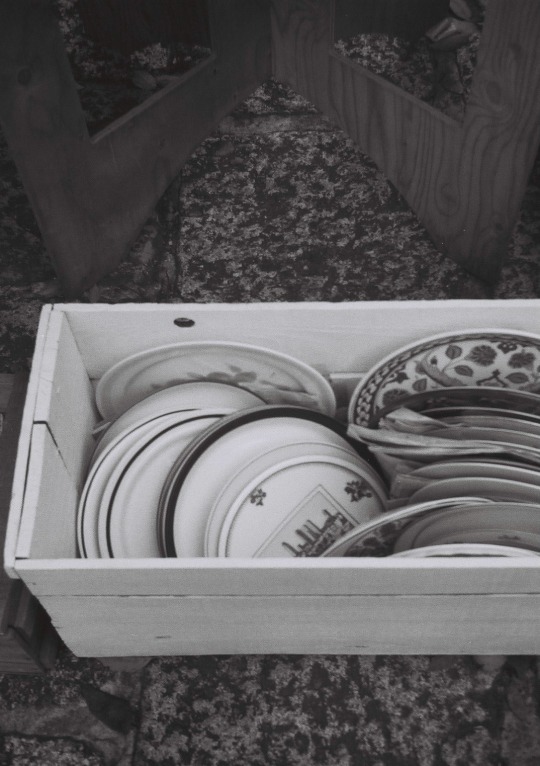#ee2
Photo

"Summer still feels so, so far away..."
Camera: Olympus EES-2 Film: expired & soaked Kodak Supra 200 Soup recipe: boiling water with white vinegar, marine salt, bicarbonate; let it soak for at least 24 hours while shaking now and then. This and more at linktr.ee/ale.di.gangi
27 notes
·
View notes
Text



快の追求
#film photography#filmisnotdead#film camera#35mm film#フィルム写真#フィルムカメラ#landscape#日常・生活#フィルム#生活とフィルム#ハーフカメラ#olympus pen ee2
44 notes
·
View notes
Text
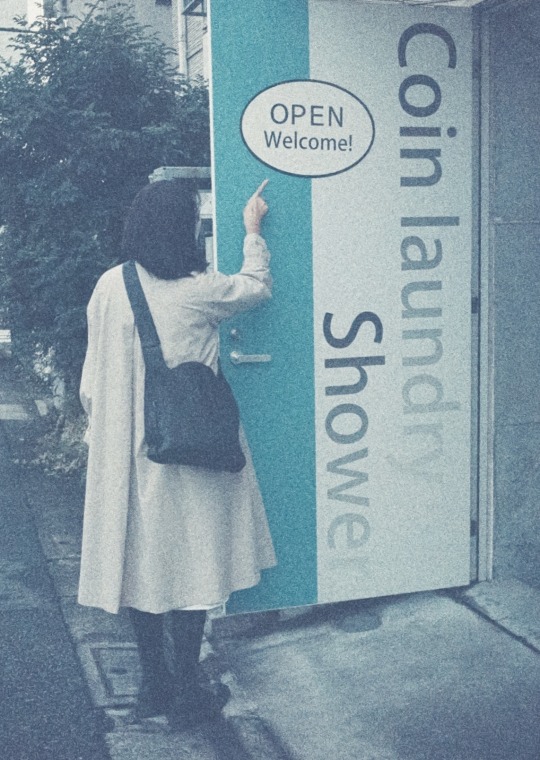
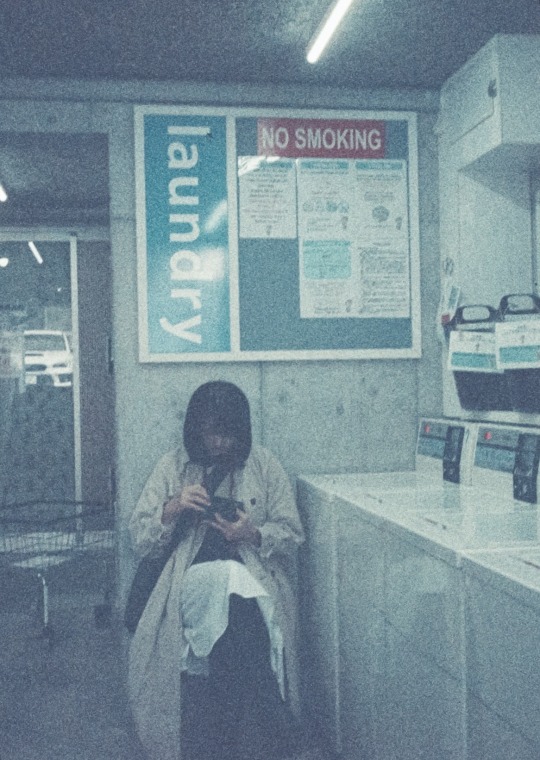
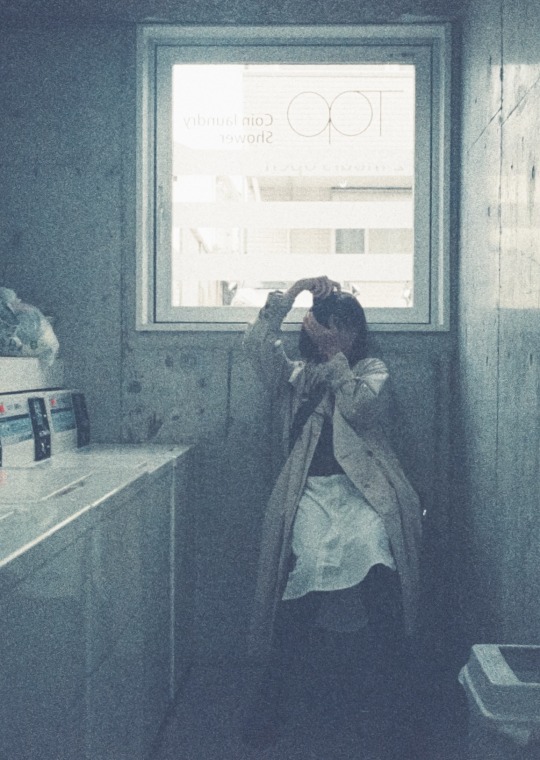
.
コインランドリーとシャワー室が
地下にあるという不思議な場所。
.
地下だからなのか、
冬だったけど湿度高め…みたいな。。
.
なんとも不思議な空間だった。
.
.
2023.4.10
23 notes
·
View notes
Text

There are tiny sprites that wander these lands flipping leaves on their sides and gathering tiny kindling 🐭
#35mm color film#35mm film#35mmdiary#35mm#fujifilm#olympus#olympus pen#olympus pen ee2#film photography#pnw forests#westcoast#west coast#fir#moss#oregon#pnw#pnwlife#lomography#pnwhiking#portland oregon#eugene oregon
37 notes
·
View notes
Text
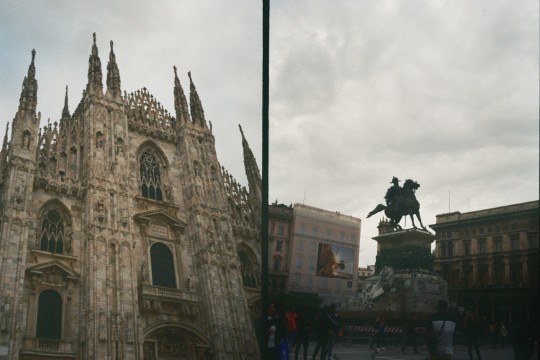

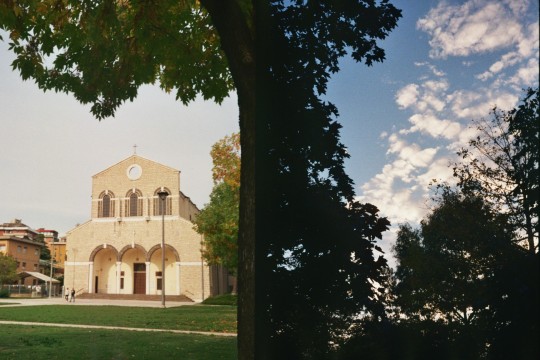


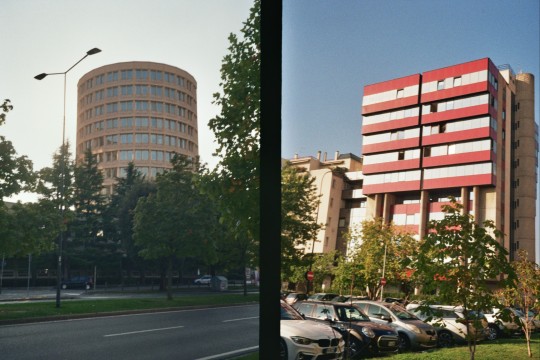
#olympus pen ee2#half frame#half frame camera#olympus pen#analog#film#35mm film#35mm color film#35mm photography#kodak#kodak gold 200#kodak gold 35mm#milan#milan italy#italy#aesthetic#aesthetic garden#church#duomo di milano#architecture#art#garden
4 notes
·
View notes
Photo
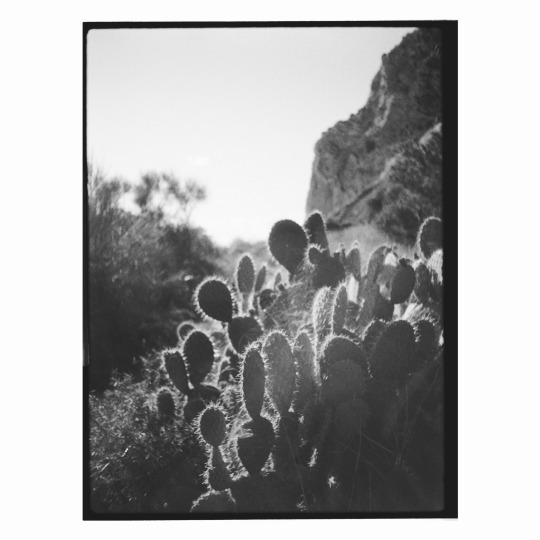



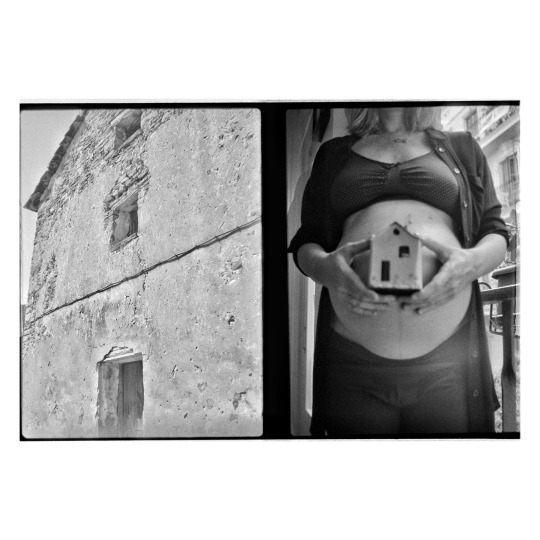





© Elena Panzetta
El Bosque
(Olympus Pen EES2 + Agfa APX 100 Caducado)
(Varios lugares entre octubre 2021 y enero 2022)
Escribí este texto hace dos semanas, pero se quedó en el tintero.
Un pequeño relato en 3 capítulos, 3 días seguidos:
Martes:
Veo un vídeo en Youtube, lo escucho atentamente, me identifico con sus palabras, me llega, me llena. Brigitte Vasallo, en una de sus conversaciones sobre el amor, habla de su libro y entre varios temas analiza el valor de la amistad, de la comunidad, de la importancia de tejer redes que vayan más allá de la familia y la pareja : “Ese es el amor que nos salva y ese es el amor que no vemos, el que consideramos menos amor que otros, al que no damos la importancia que merece y sin el que no podríamos seguir adelante en este mundo de mierda. Ese amor. Ese bosque”. Un bosque, que bonita imagen. Entonces visualizo mi propio bosque, estoy ahí debajo de una red de árboles, cuyas raíces son profundas y cuyas ramas se entrelazan y me protegen del viento y de la lluvia : mis amigos, la familia que he escogido. De repente se me llena el cuerpo de una sensación de gratitud.
Miércoles:
Por fin el laboratorio fotográfico me envía el tan esperado escaneo de los últimos negativos revelados. Un carrete disparado vete tú a saber cuándo y dónde y encontrado la semana anterior en la caja de los carretes nuevos sin estrenar.
Un Agfa blanco y negro, caducado en 2015. Recuerdo haberlo comprado durante un viaje, en una pequeña tienda de Solingen en Alemania, pero no recuerdo cuando lo usé. (Sí, soy una fotógrafa sin orden y disciplina, no tengo ningún registro de carretes con todos sus detalles, entre mis objetos reina un caos feliz.) Entonces la emoción de la sorpresa se duplica: “Qué me encontraré?” Clico impaciente en el enlace y descargo mis fotos, entonces me aparecen una serie de rostros familiares: mis amigos, mi bosque, fotografiados en varios momentos diferentes a lo largo de varios meses entre otoño e invierno. Momentos de intimidad, de paseos, de cuidado, de comida, de risas. Al verlas me acuerdo de las palabras oídas el día anterior.
Jueves:
Tengo la comida mensual del departamento. Estamos en una terraza, al sol, comiendo, charlando y disfrutando el calor en la piel en el que parece ser el verdadero primer día de primavera después de un mes de cielo gris y lluvias. Empezamos a hablar de viajes, de cuidado personal y de estilos de vida. Entonces mi jefa nos menciona el libro “Ikigai” de Francesc Miralles, cuyo título indica la “fuente del valor de la vida”. Esta obra habla de un pueblo de nombre Ogimi, en una isla remota en el sur de Japón, Okinawa, ubicado en una de las zonas azules del planeta, o sea las áreas con los habitantes más longevos del mundo. De las 3000 personas que viven en Okinawa, 15 superan los 100 años y 171 superan los 90. Increíble.
Entonces nos ponemos a analizar los factores que contribuyen a semejante longevidad: el clima, la alimentación, el estilo de vida saludable, la filosofía de vida , la ausencia de estrés y de hiperconectividad, incluso una predisposición genética. Sin embargo, según estudios llevados a cabo y entrevistas realizadas a esa misma población, esos no son los únicos aspectos determinantes, sino que hay dos que son aún más importantes: el primero es precisamente el ikigai, o sea tener un propósito en la vida, y el segundo es el amor y cuidado comunitario. En Ogimi todo el mundo forma parte de un moai, un grupo de gente con intereses compartidos que se ayuda mutuamente. De hecho, esta ayuda comunitaria puede ser de por sí un ikigai suficientemente potente como para animar a seguir viviendo. Los habitantes de Ogimi cultivan el optimismo y el sentido del humor, y mantienen entonces una red tupida de lazos con sus familiares y con toda la comunidad, donde se cuidan unos a otros tanto en el aspecto emocional como en el financiero y social, y en cuyas actividades participan todos activamente. Forman una comunidad muy unida en la que uno de los valores principales es el yuimaru, que en Japonés significa “el círculo de relaciones". Precisamente, el bosque.
Pienso entonces que cultivar ese tipo de amor, crear comunidad, contra la tendencia mayoritaria de una sociedad que nos quiere individualistas, consumistas, competitivos, desunidos, controlables, sumergidos en redes puramente virtuales y con lazos reales cada vez más frágiles… ESA sí sería la verdadera revolución. Eso es ser anti-sistema.
Os dejo las fotos reveladas de una parte de mi bosque personal, digo ‘parte’, porque en este carrete faltan muchos de mis árboles, y también porque un yuimaru es una red en constante cambio y evolución.
Feliz semana.
#analogue photography#analog#35mm#35mm film#ishootfilm#blackandwithephotography#fotografia analogica#bosque#amigos#friends#forest#wood#amistad#lazos#film photography#olympus pen ee2#agfaapx100#analogue#analoguecommunity#analogclub#reflexiones#3days#3días#filmcommunity#pensamientosbajoelagua#myunderwaterthoughts
15 notes
·
View notes
Photo



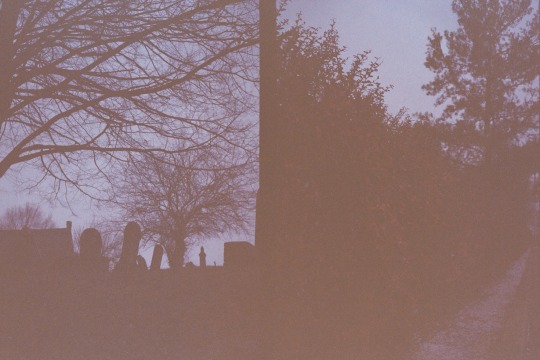
I fucked up an entire roll of film because I thought it was ISO 400 and it was, in fact, ISO 200
#analog#35mm#half frame#olympus pen ee2#original photography#photographers on tumblr#original content#35mm format#35mm fuck-ups#i shoot film#filmcommunity#film photography
0 notes
Video
youtube
CIA Director Bill Burns on war in Ukraine, intelligence challenges posed...
0 notes
Text

NASA Boeing B-52H Stratofortress 61-0025 (2007)
aviationphotocompany.com/p934046062/ee2…
More B-52 images: aviationphotocompany.com/p14047527
@AviationPhotoCo via X
21 notes
·
View notes
Text
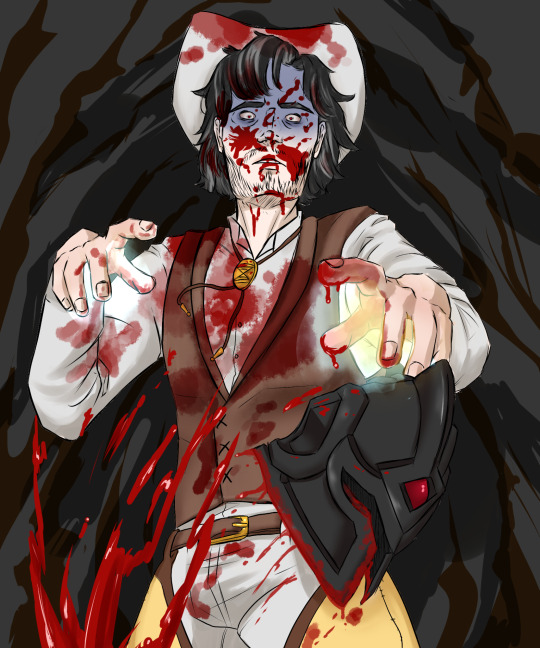
Finally got around to drawing the ending of EE2 (Not A Tree Climbing Sim) (the pathfinder 1e campaign I'm in). Who doesn't love the spell "Explode Head"
Rip Jonny Darksouls you will be missed. At least your death won't be forgotten by the next campaign
#digital art#my art#oc art#tw blood#oc: azarias botterril#pathfinder 1e#Essentially Etrian: Not A Tree Climbing Sim
5 notes
·
View notes
Photo
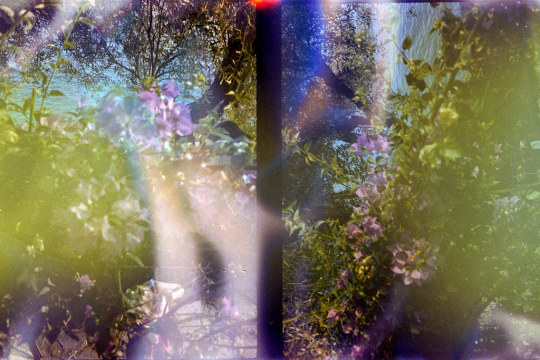
"Summer's here — so where are we"
Camera: Olympus EES-2 Film: expired & soaked Kodak Supra 200 (soup recipe: boiling water with white vinegar, marine salt, bicarbonate) This and more at linktr.ee/ale.di.gangi
36 notes
·
View notes
Text

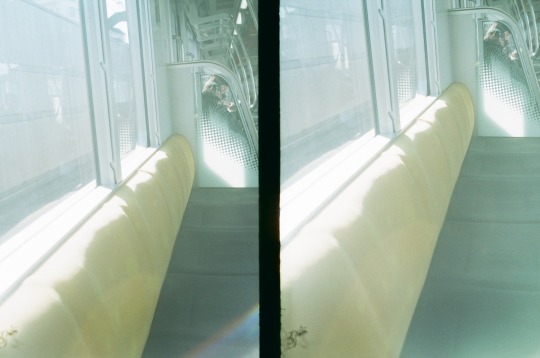
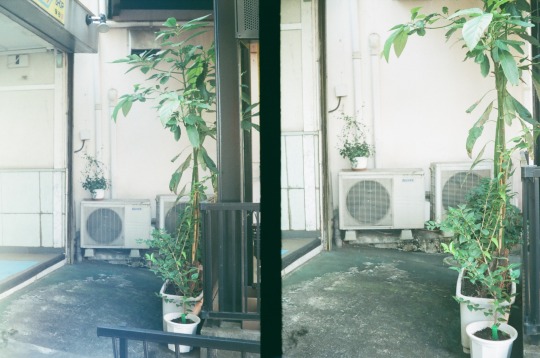
way home
#film photography#filmisnotdead#film camera#35mm film#フィルム写真#フィルムカメラ#landscape#35mm photography#35mm camera#film#フィルム#日常・生活#生活とフィルム#フィルムと生活#olympus film camera#ハーフカメラ#olympus pen ee2
241 notes
·
View notes
Text
Hey,
I have just begun the EE2 course and was wondering a few things. I am quite nervous that if I choose a topic that has been slightly explored in the past it will count as plagiarism – this is making me hesitant to read past major works in case I subconsciously remember them and unintentionally base my idea off of them. What do you think I should do about this? Is there a way to discover ideas without ‘copying’?
Also btw, this blog has been my go to for all things EE2, so thanks so much!
************
There’s a tumblr text post somewhere out in the blue wilds that says this much better than I ever could, but basically: nothing is original. Pretty much every text created is in conversation with another text (with a dozen other texts!) whether consciously or subconsciously. The simple fact of your humanity is that you exist in connection to other people, and they influence you just as you influence them. The only truly original thing is you. Because no other version of you is going to exist. What you think about something, and how you express that, is unique to you. You and a friend can read the same book but have different opinions. Even if you both enjoyed it, you likely enjoyed it in different ways.
The thing about EE2 is that it’s a course where you’re encouraged to read widely, to take what’s been done before and synthesise something new and interesting from it - something that’s of you, from you. I absolutely encourage you to read past MWs to see what past students have explored, and how they explored them. Any risk of “copying” their work is outweighed by the knowledge you gain of what they’ve done. They could even inspire you; maybe there are gaps in the way someone addressed a topic, and you want to fill those gaps in.
Plagiarism is very specifically taking someone else’s work and claiming it as your own, without attribution or credit to the original author(s). It’s a deliberate act born from desperation or malice. Given the fact of you expressing your concern, I don’t think you’re at risk of being accused of plagiarism. EE2 is very much about acknowledging your influences. As long as you do that, you’re set.
For the final word on originality, I refer you to the NESA FAQs and their response to “What do the marking guidelines mean by ‘originality’? How does a student demonstrate original work?”
‘Originality’ refers to the insights and exploration of form presented in the work – for example, offering a fresh and engaging perspective on a concept or text that may have been previously explored by other composers in an appropriate medium for the intended audience and purpose.
When it comes to “discovering” ideas, I can’t emphasise enough how important it is to choose something you personally like. It doesn’t matter if you’ve heard the markers like or dislike certain topics. You’re going to be working on your MW for at least 9 months. It can’t be about something you barely tolerate, because you’ll lose steam quickly. You will 100% run into walls. When those moments come, you need that latent passion/interest to fall back on.
Tbh I think the best thing to do is actively consume. Read. Watch. Listen. Consume all the texts (fiction and non-fiction, books, magazines, websites, movies, short stories, podcasts, videos, academic articles, newspapers, essays etc. to the heat death of the universe) you can get your hands on. And when I say actively, I mean that you have your brain switched on. What did you like or dislike about a text? Why did it succeed or fail for you? What did the author do that was effective or ineffective? Maybe two authors wrote on the same topic but you liked only one version. Why is that? Compare and contrast. Students often get so caught up in the creating part that they leave the reading part by the wayside. To be a good author, you need to read. The more you read, the more informed a view you’re able to form, and the more nuanced and authentic your idea will be.
4 notes
·
View notes
Text
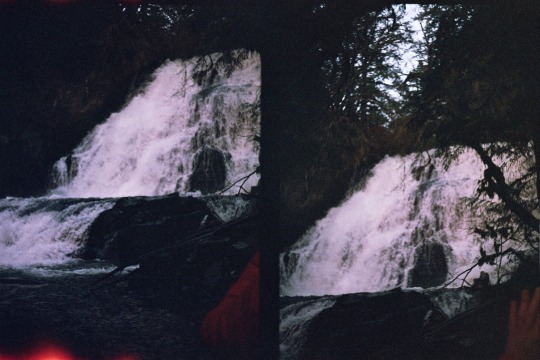
Sunset over the falls
#35 mm photography#35mm film#35mmdiary#35mm color film#fujifilm#olympus pen#olympus pen ee2#oregon#eugene oregon#portland oregon#west coast#pnw forests
4 notes
·
View notes
Text
#Repost @komorebinomori360 with @use.repost
・・・
***
久しぶりの リールです
「まるっと!ふいるむクラス」中判カメラ
私も 使わせてもらいましたが
めちゃくちゃ 楽しかったです!
フイルムは いいですね
mami
=========
只今、『まるっと!ふいるむクラス』次のクラス募集中!
プロフィール欄HPよりご確認を頂けます。
=========
#ハーフカメラ
#フイルムカメラ
#フィルムカメラ教室
#フィルムカメラに恋してる
#フィルムカメラ初心者
#フィルムの会
#フィルム写真
#ふいるむ寫眞
#フィルム写真普及委員会
#オリンパスペンd
#オリンパスペンee2
#オリンパスペンs
#リコーオートハーフse
#リコーオートハーフse2
#王子動物園
#神戸
#灘区
#木漏れ日の森photo
#木漏れ日の森photo写真教室
7 notes
·
View notes


